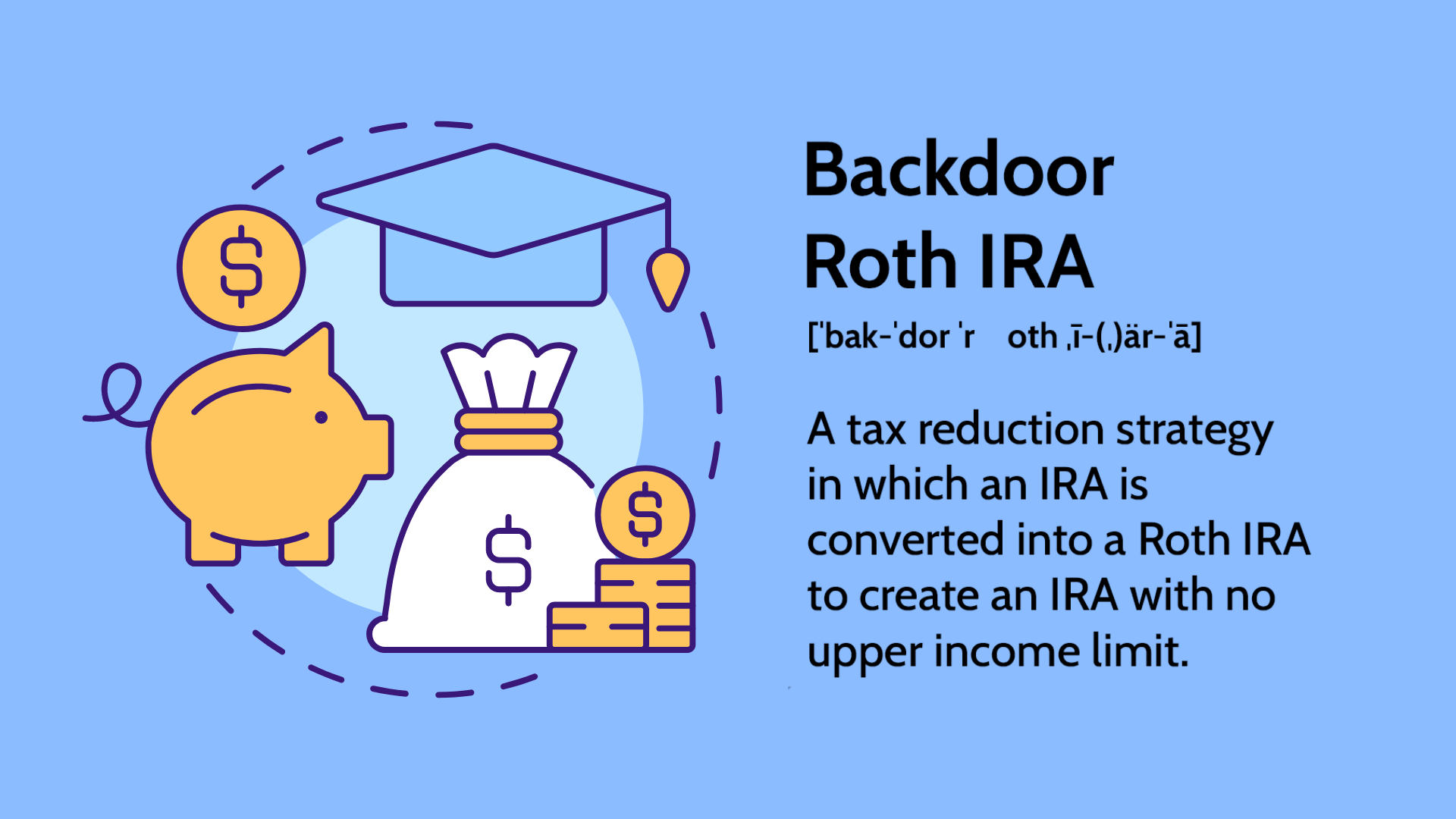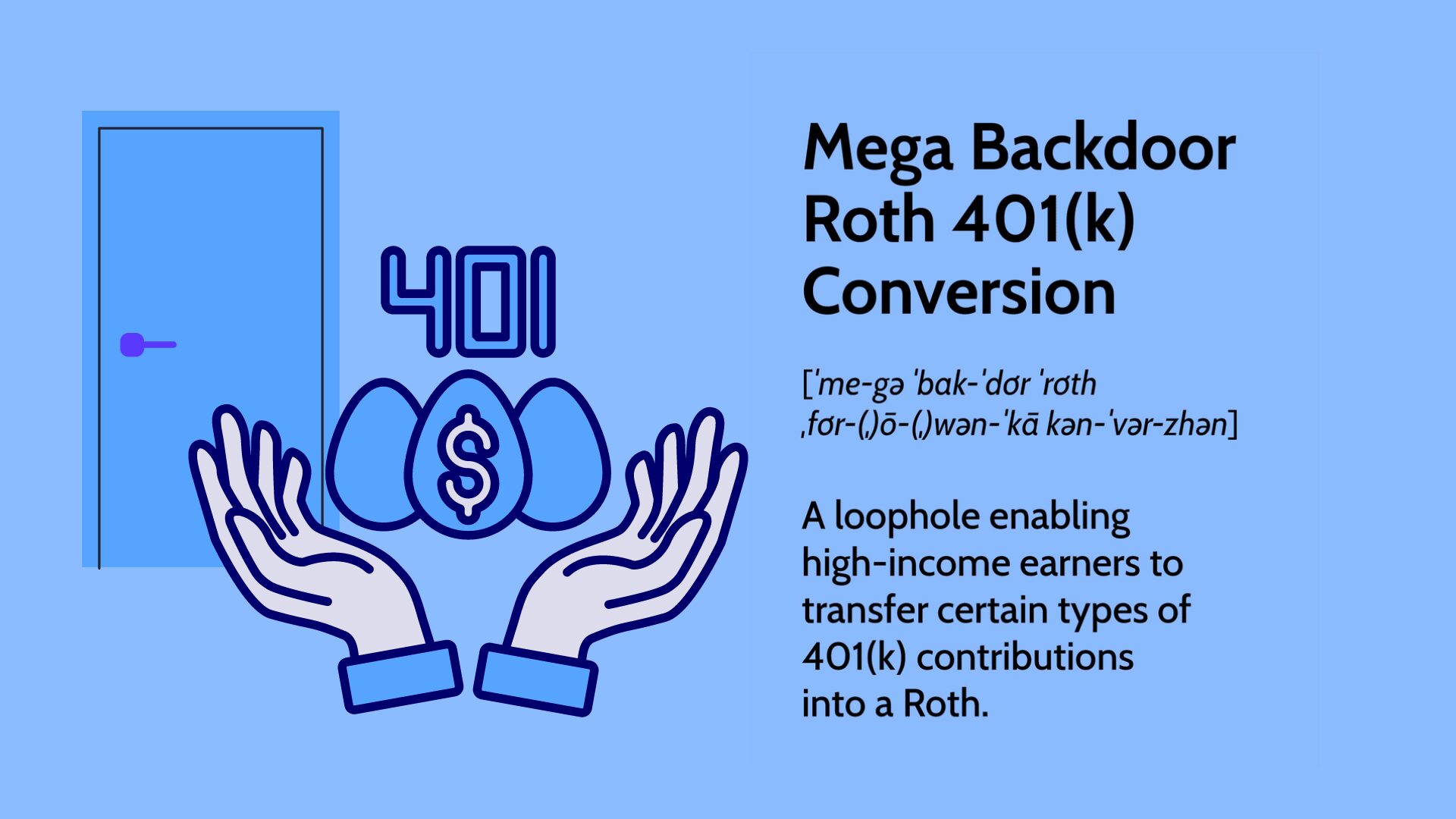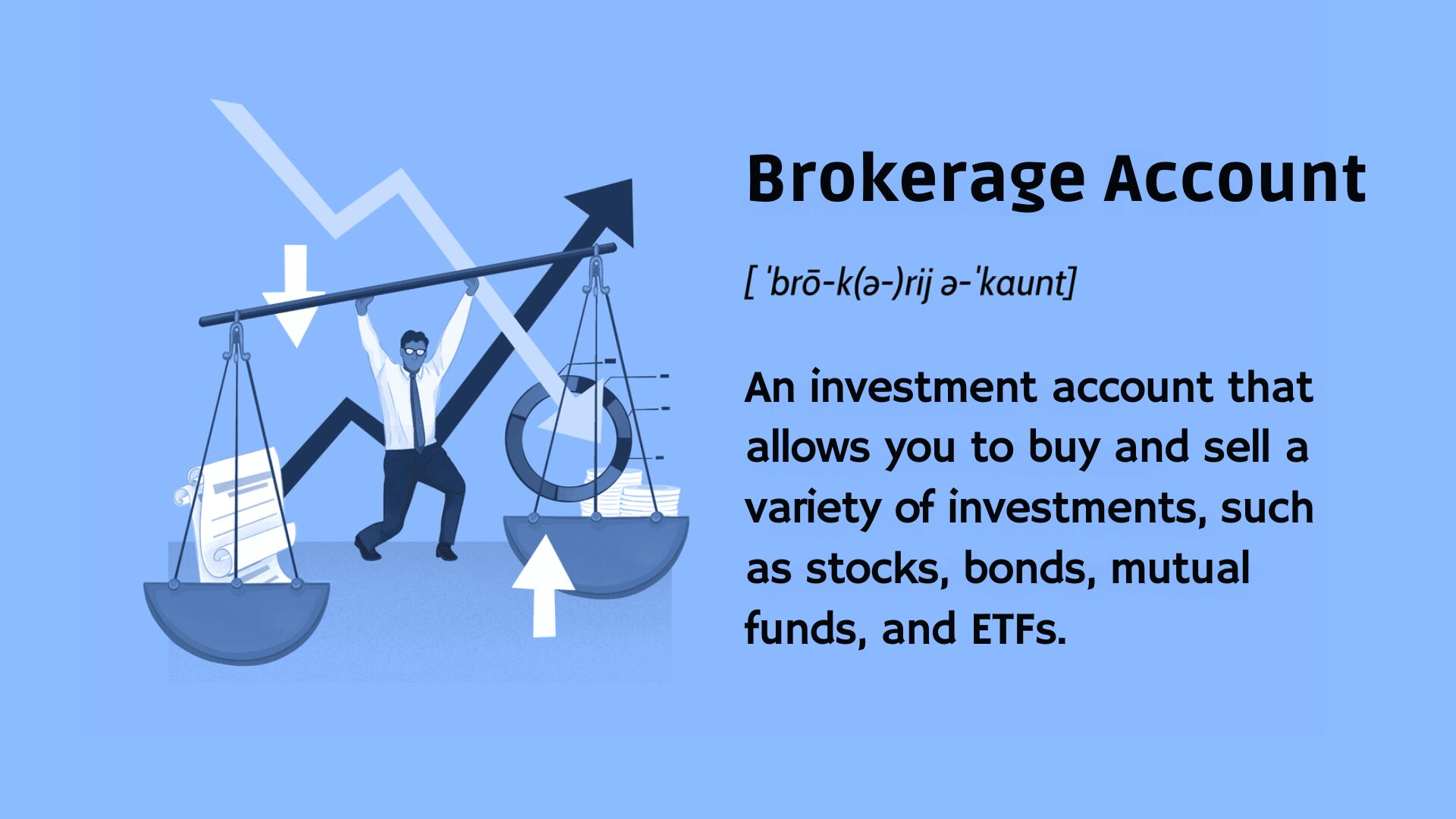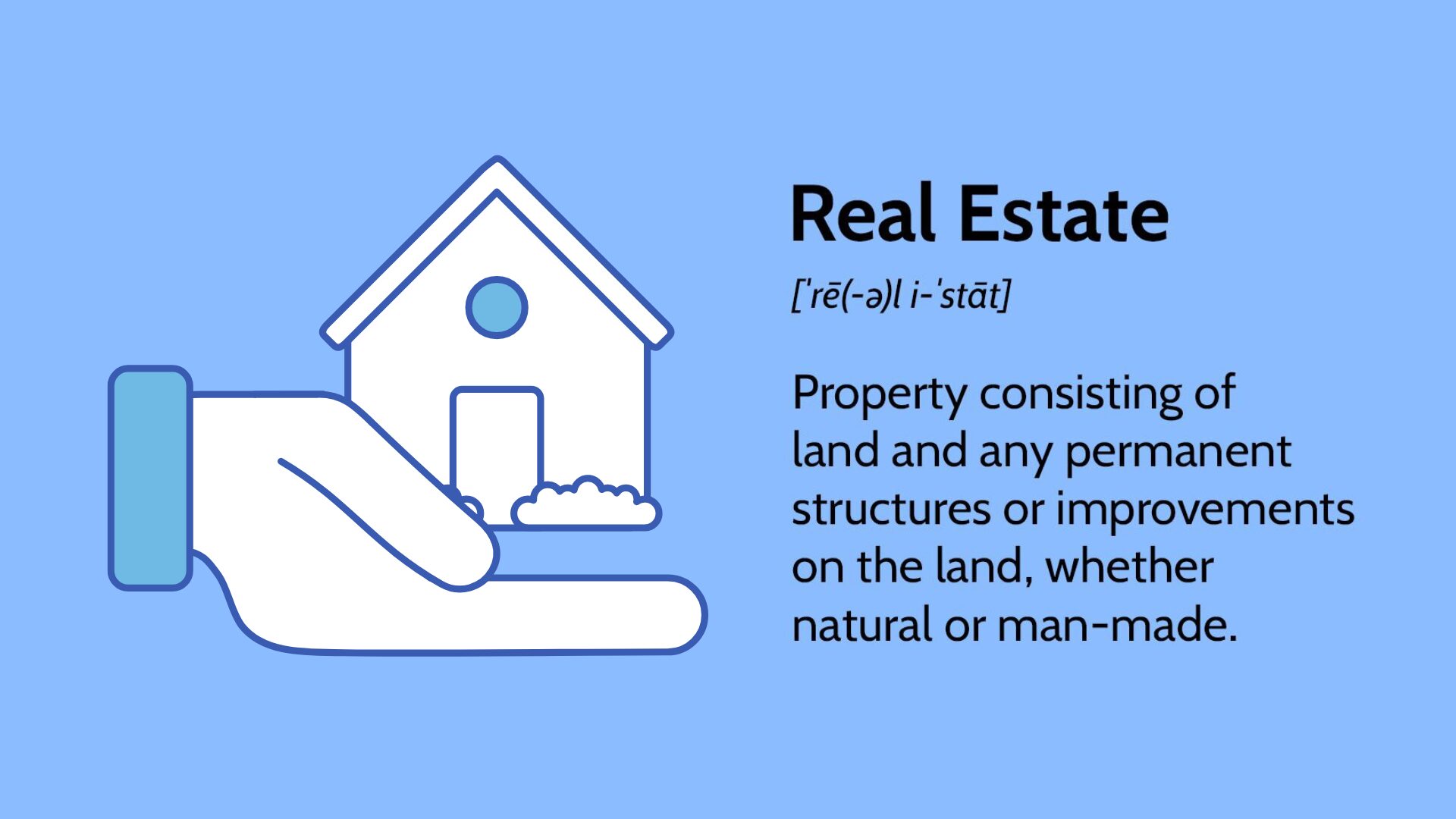As a high-income earner, you’ve likely already maxed out your contributions to traditional tax-advantaged retirement accounts like 401(k)s and IRAs. But that doesn’t mean your saving and investing journey has to stop there. In fact, as someone with a sizable income, you have access to a variety of unique investment opportunities that can help you continue building substantial wealth for the future.
The key is identifying strategies that allow you to go beyond the typical contribution limits and take full advantage of available tax benefits. By thoughtfully deploying a range of investment vehicles, you can set yourself up for a comfortable and financially secure retirement.
Let’s explore three powerful options high-income earners should consider:
1. Backdoor Roth IRA

As a working professional, you’ve been trying to maximize your retirement savings and take advantage of all the available tax benefits. One strategy you’ve been exploring is the backdoor Roth IRA.
Normally, high-income earners like yourself aren’t eligible to contribute directly to a Roth IRA due to income limits. In 2024, the Roth IRA contribution phase-out range is $161,000 to $176,000 for single filers and $240,000 to $250,000 for married couples filing jointly. So folks making over those thresholds are shut out of the Roth.
However, there’s a clever loophole that allows you to get around those income restrictions. You can make a contribution to a traditional IRA, and then immediately convert that to a Roth. It’s a bit of an extra step, but it gets the same end result – tax-free growth and withdrawals in retirement.
The way it works is you can contribute up to $7,000 (or $8,000 if you’re 50 or older) to a traditional IRA. Once that money is in the account, you can convert it over to a Roth IRA. When you do the conversion, you’ll owe income taxes on that amount, but then the Roth will grow and be withdrawn tax-free later on.
Now, you do have to be mindful of a couple potential downsides. First, you need to make sure you have enough cash on hand to pay the tax bill when you convert the IRA. That could be a significant amount depending on the size of your account. And secondly, there are still annual contribution limits, so you can only put in a few thousand dollars per year through this backdoor method.
2. Health Savings Account

Another financial tool to look out for is the Health Savings Account, or HSA. It’s essentially a specialized savings and investment account that offers some incredible tax advantages, especially when it comes to healthcare expenses.
The way an HSA works is that in order to contribute, you need to have a high-deductible health insurance plan. But if you do, you can put money into the HSA on a pre-tax basis. So that means the contributions come straight out of your paycheck before income taxes are withheld.
And it gets even better – not only do you get that upfront tax break, but any growth or earnings in the HSA are completely tax-free as well. And when you withdraw the money to pay for qualified medical expenses, those withdrawals are also tax-free. It’s a true triple-tax-advantage account!
In the short term, you can use the HSA as a specialized emergency fund, tapping into it to cover things like doctor visits, prescriptions, or other out-of-pocket healthcare costs. But where the HSA really shines is as a long-term investment vehicle.
Once you’ve built up a decent balance, usually around $1,000 to $2,000, you can start investing the money into mutual funds and other assets inside the HSA. This allows the funds to grow over time, potentially providing a nice pot of tax-free money to help cover medical expenses in retirement.
And get this – there are no required minimum distributions on HSAs, unlike traditional retirement accounts. So you can let the money sit and compound for as long as you want, taking withdrawals only when you need them for qualified medical expenses.
Of course, the HSA isn’t perfect. You won’t be able to contribute to it once you enroll in Medicare, since it’s only compatible with high-deductible health plans. And there are also annual contribution limits, which are $4,150 for individuals and $8,300 for families in 2024.
Click here to learn more and subscribe to the newsletter
3. Mega Backdoor Roth 401(k) Conversion

The mega backdoor Roth 401(k) conversion (also called the after-tax 401(k) contribution) is basically a way to potentially put away even more towards your retirement, beyond the standard pretax contribution limits.
The way it works is that the IRS allows you to contribute up to $69,000 total into your 401(k) in 2024 (or $76,500 if you’re 50 or older). This includes the $23,000 in pretax contributions you can make, plus any employer match, and then an additional amount of after-tax contributions.
So for example, let’s say you max out your $23,000 pretax contribution, and your employer kicks in another $5,000 match. That’s $28,000 so far. You could then contribute an extra $41,000 on an after-tax basis, bringing your total up to the $69,000 limit.
Now, the key benefit here is that you can eventually roll that after-tax 401(k) money over into a Roth IRA. That allows you to continue growing those funds in a totally tax-free environment, instead of just a tax-deferred one like a traditional 401(k).
Of course, there are a few downsides to consider as well. The main one is that the after-tax contributions themselves don’t provide an upfront tax deduction like the pretax money does. So you’ll be paying taxes on that portion now, rather than later.
But overall, I think the after-tax 401(k) contribution is a pretty powerful tool, especially when combined with a Roth IRA conversion. It lets you supercharge your retirement savings and maximize the tax advantages. You just need to make sure you’ve maxed out any other tax-advantaged accounts first, like a Roth IRA or HSA.
It’s definitely a strategy you should look into more closely with your financial advisor. The ability to put away an extra $40k+ per year on a tax-preferred basis is really appealing, and could make a big difference in your long-term wealth building.
4. Brokerage Accounts

While these types of investment accounts don’t come with the same tax advantages as the retirement-focused ones, they do offer some unique benefits. The big draw of a brokerage account is the flexibility it provides. With a 401(k) or IRA, there are strict rules around when and how you can access the money. But with a taxable brokerage account, you can invest in basically anything you want – stocks, bonds, mutual funds, ETFs, etc. And you can withdraw the funds for any purpose, at any time, without having to pay penalties.
That kind of flexibility could be really useful, especially if you want to retire early or have other financial goals outside of just saving for retirement. You’re not limited to just using the account for qualified retirement expenses.
Another perk is that there are no contribution limits on brokerage accounts. With retirement plans, the IRS puts a cap on how much you can put away each year. But with a taxable account, you can invest as much as you want, whenever you want. That could be a great way to supercharge your overall savings.
Of course, the trade-off is that you don’t get the upfront tax deductions or tax-deferred growth that you do with retirement accounts. Any investment gains or dividends in a brokerage account will be subject to capital gains and ordinary income taxes. But depending on your tax situation, that may still be worth it for the added flexibility.
Get your free “2024 Real Estate Market Outlook” now!
5. Real Estate

When it comes to growing your net worth and creating lasting financial security, I truly believe that real estate investing is the absolute best path forward. It’s a proven wealth-building strategy that offers an unparalleled combination of benefits simply not found in other asset classes.
Let’s start with the income potential. By purchasing investment properties and renting them out, you can establish a reliable, hands-off cash flow that supplements your regular employment earnings. This passive income is like having a money-printing machine – it just keeps churning out cash month after month, providing a steady stream of funds you can use however you see fit. Try getting that kind of consistent return from stocks or bonds!
And the value appreciation is where real estate really shines. Unlike stocks that can be volatile and unpredictable, real estate has historically shown remarkable long-term growth. Your properties will steadily appreciate in value over time, building up equity that you can tap into through refinancing or eventual sale. It’s like having your own private little piggy bank that just keeps getting fatter.
But perhaps the biggest advantage of real estate is the sheer array of tax benefits available to investors. You can deduct mortgage interest, property taxes, insurance, maintenance, depreciation, and so many other expenses – drastically reducing your tax burden and putting more of that rental income directly into your pocket. The IRS practically rolls out the red carpet for real estate investors like yourself.
And let’s not forget the element of control. When you own a physical asset like a house or apartment building, you have a tangible thing you can point to and actually influence, unlike abstract stocks. You get to decide who lives in your properties, how they’re managed, and what kind of return you generate. That feeling of ownership and autonomy is incredibly empowering.
Sure, real estate does come with some unique challenges. Being a landlord requires a certain level of hands-on work and responsibility. And properties can sit vacant for stretches, cutting off that cash flow. But with the right systems, property management help, and financial cushion in place, those downsides are easily mitigated.
Ultimately, when you step back and compare real estate to other investment options, it’s not even close. The income potential, equity growth, tax advantages, and sense of control are simply unmatched. This is the asset class that can truly supercharge your wealth-building efforts and set you up for long-term financial freedom. You can’t think of a better place to direct your investment dollars.
So if building lasting wealth is the goal, real estate is indisputably the way to go. You’re going to be diving headfirst into this asset class, learning all you can, and constructing a rock-solid real estate portfolio that will pay dividends for decades to come. This is the missing piece that’s going to take your finances to the next level.
Conclusion
As a high-income earner, I’m fortunate to have access to sophisticated investment strategies that can supercharge my wealth-building efforts in ways ordinary savers cannot. By thoughtfully deploying tools like backdoor Roth IRAs, health savings accounts, after-tax 401(k) contributions, brokerage accounts, and real estate investing, I can go well beyond typical limits and take full advantage of powerful tax benefits. However, it’s crucial that high-earners approach these strategies smartly, working closely with a financial advisor to carefully consider the unique pros, cons and responsibilities of each option. When implemented judiciously as part of a diversified, long-term plan, these advanced investment vehicles hold immense potential to turbocharge my retirement savings and create lasting financial security. I encourage other high-income individuals to explore these strategies, but to do so cautiously and with a clear understanding of how they fit into the big picture. The benefits are substantial, but only if deployed thoughtfully.
Interested in multifamily real estate investing? Our experienced team is here to help. From market research to identifying the best opportunities, we guide you through the process. Subscribe to our YouTube channel for informative videos and expert discussions, and follow us on Instagram for exclusive content. Explore our comprehensive Udemy course for detailed insights and strategies. Ready to elevate your investment journey? Contact us now to schedule a consultation and achieve your financial goals in real estate.
*This content is for informational purposes only and is not intended as financial or legal advice. Please consult with a professional advisor before making any investment decisions.




























